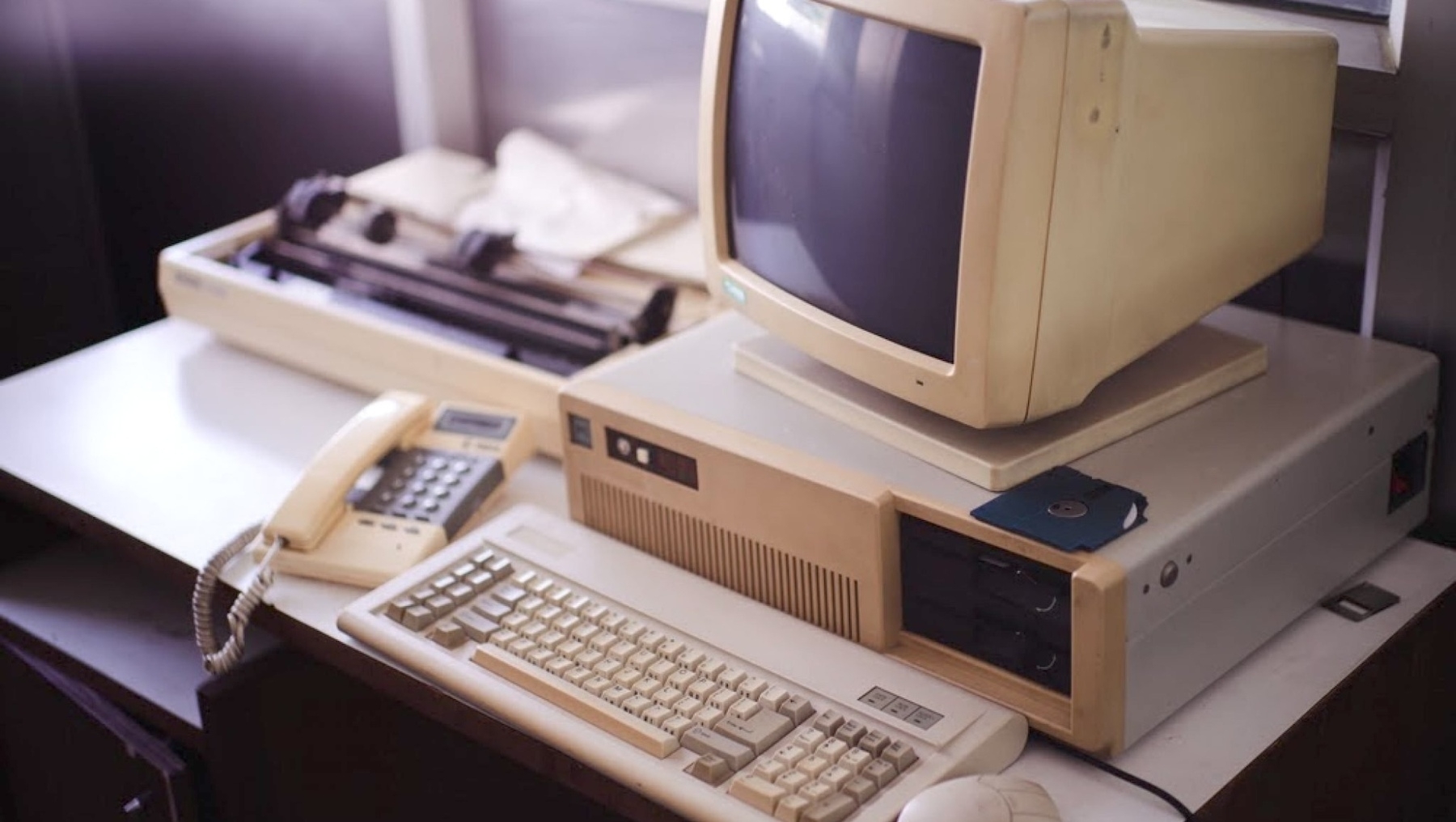When I began working as a trainee accountant there were very few computers in the office and they were not on individuals’ desks. They were on tables because to be used on a shared basis. Most people in the Accountancy team did not use them at all. They used calculators and created spreadsheets manually on A3-sized analysis paper. And when they had to write a report or a letter or memo they did it by hand. These pages then went to a typing pool to be transformed into something neat and presentable. The top copy, on white paper, was sent off to the recipient and the yellow copy was filed away. No-one questioned that important things had to be typewritten, on paper, and stored in metal cabinets.

Fast forward more than thirty years and the means of producing reports and letters is vastly different. Everyone has their own computer and smartphone. They create their own documents because there are no typing pools. They can even use their voice rather than their fingers to compose the text. And the vast majority of all these words are conveyed to their recipients in digital form. No longer is there one file copy but there could be 5 or 10 or a 100 copies held in dark data centres.
It’s all so very different, and yet it’s just the same. The reports that accountants and auditors write are still formatted into A4 pages with margins. They still demand the receiver to read them … although we all know that they probably only skim the document looking for the good bits.
There are more fonts and colours available than in the days of typewriters but that is as much a curse and blessing because lots of people don’t know the first thing about effective typography and graphic design. I’m sorry to report that very many of the documents I see would be much improved if their author had been constrained to a single font and black text. (This is especially true when it comes to tables within documents, but that will have to be the subject of another article.)
My point in this article, though, is to call for accountants and auditors to embrace modern technology to improve their communication. There are so many opportunities to communicate financial information that are more effective than the conventional written document.
I think there are two dimensions to consider. One is the content and the second is the delivery.
In terms of content, less is more. Too many of us write too much. There is the temptation to write everything we know when we should be writing only what the reader needs to know.
Paper reports were comprehensive, with appendices, etc. because it was hard for the reader to find the background information. They wanted it attached so that they could refer to it. That’s not the case now. Why include any text in your document that already exists somewhere else? Just include a link to it. This reduces the size of a document and makes it clear to the reader what is essential (the main text) and what is incidental (the linked material).
In terms of delivery, there are lots of ways to communicate these days that are better than a digital document that looks like a paper one. Let me give some examples.
-
A webpage. I don’t literally mean encoding a webpage but using one of the web-based writing apps like Craft or Notion. These apps create documents on the basis of blocks, which could be text, images, files, whatever. These apps are particularly focused on collaboration, allow many people to work on a document simultaneously.
When you’ve finished a document you send its URL to your client/audience. They can read it in a browser on any device and, if they really want to, they can download it as a PDF. -
A presentation. I don’t mean sending a PowerPoint file instead of Word one. A set of slides is not a presentation; a presentation requires a presenter. What I mean is record a short presentation as a video (with or without slides) and send a link.
-
A podcast. There are lots of apps for recording and editing audio so it would be fairly easy to record a verbal report. Busy people could listen to your report at times when it would not be possible to read. (To be fair, there are services now that would read a text report but no-one would do that unless the report is short because the text reader can’t skip the boring bits!)
-
An interactive PDF. If you are going to use PDFs you could at least make them interactive. PDFs support hyperlinks to move around them and to link to external URLs. You could include links to background documents or you could link the data in a table directly to general ledger so that the reader/user could drill down to more detail if they wanted.
PDFs also support embedded audio and video files so you could embed a video of a presentation in place of the summary of a longer report.
Do you use any of these methods to communicate financial information? Or do you do something else? Let me know.